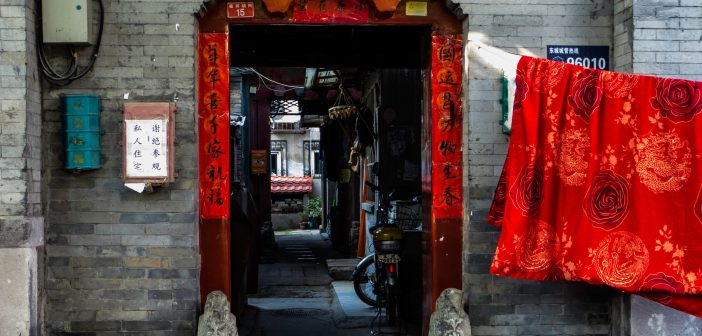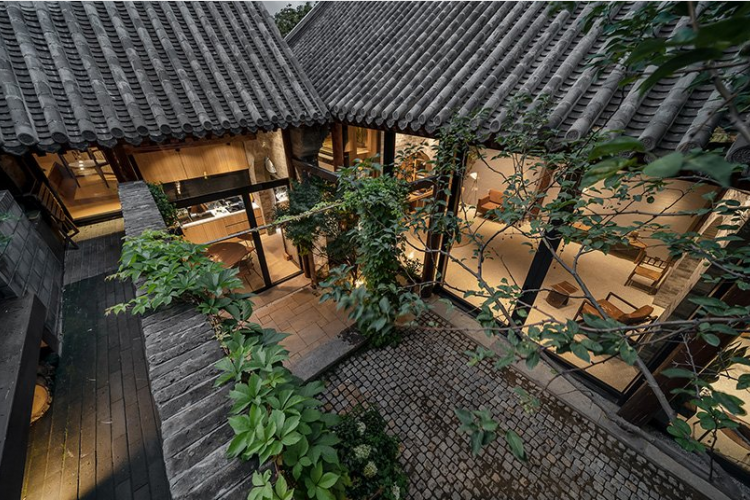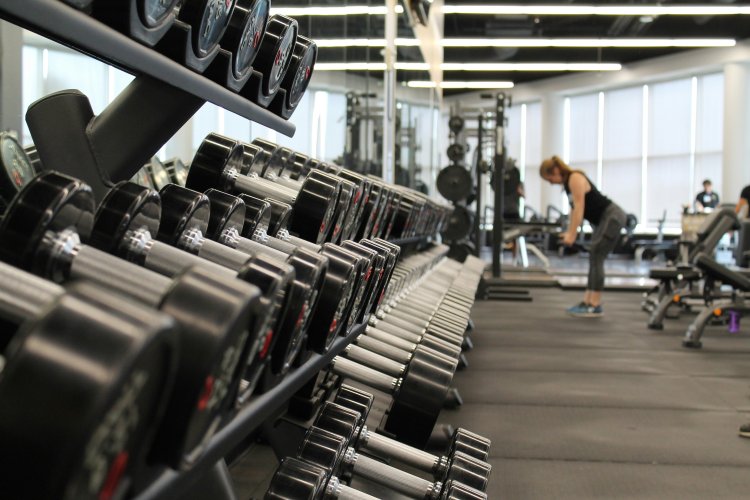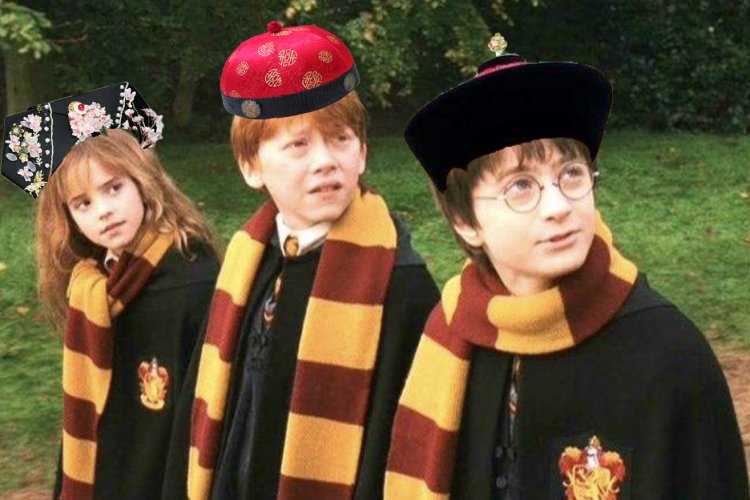A Sinologist/DJ/Teacher's Love for Beijing's Hutongs
Travel to the heart of Beijing and you will find yourself immersed within a labyrinth of winding alleyways and small shops. You will hear raucous conversations, bicycle wheels, and the occasional honk of a horn. You will smell fried foodstuffs, fresh fruits, and steamed goodies. You will see brick houses and courtyards with red doors and shingled roofs, old bicycles and three-wheeled carts, and storefronts selling all your daily necessities. What I’m describing, of course, is the hutong. It is the soul of Beijing; a signature landmark as iconic as the Great Wall or the Forbidden City. No trip to Beijing is complete without a visit to the hutongs. So, what exactly makes these small alleyways so popular and loved? What makes Beijing unique and appealing? What’s happening to the hutongs as the city steps into a more modern era?
To explore these questions, Kyle Schaefer, a sinologist, history teacher at Tsinghua International School (THIS), and a DJ shares his story and life in Beijing and her hutongs.
Kyle first arrived in China in 2000 after studying Chinese history in college and graduate school. Moving to Beijing in 2004, he fell in love with the city and its underground music scene. “To come here at the time and see the birth of underground music in China was wild. I worked in music radio and ended up DJing. That was a time in which the underground music scene was really exploding with so many bands and venues. This was not just the capital of China, but was also the rock and roll capital of China. We used to joke that all the galleries were in Shanghai, but all the artists were in Beijing,” says Kyle about his early impression of Beijing.

Learning about Chinese history was like finding a doorway to an entirely unknown world. The sheer scale of new information drew Kyle to become a sinologist. “I’ve always been particularly interested in the interplay between the orthodox, or the mainstream, and the richness of minority subcultures, or the heterodox. Beijing seemed like a place for that when I first arrived. There were millions of people walking in the same direction with similar life paths and goals, but scattered here and there you’d encounter these iconoclasts, mostly young artists, who were moving against the stream of mainstream culture. That to me was always incredibly fascinating,” Kyle explains.
Kyle was a resident in one of the city’s historical hutongs for seven years. “When I first arrived in Beijing, hutongs were not really on the map for many people. In the 2000s, people started to realize that there was a richness to the quality of life in the hutongs that couldn’t be found in other parts of industrially developed Beijing. The hutongs are like a series of villages nestled in the heart of the city. At the time I was living way out east, but I found myself getting into a car and driving for an hour to come into the hutongs to DJ and see bands every Friday night. After a little while I realized I should move to where all the things I liked were. For a long time, other than for work, I existed in two blocks from my house because everything I wanted about the city was right there.”
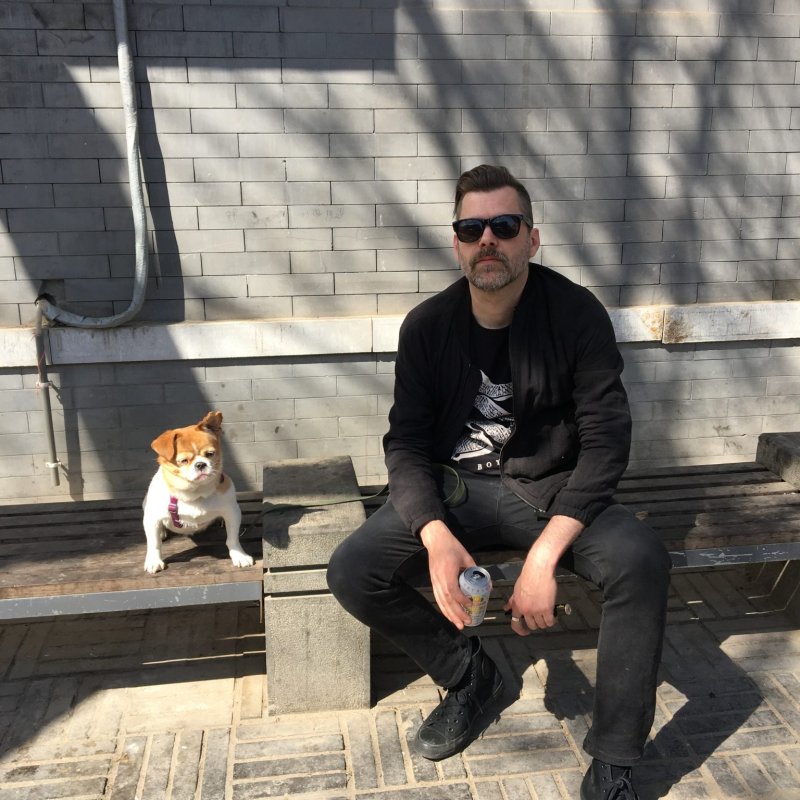
The closest thing Kyle could compare life in the hutongs to is village life. “You’re put into such close proximity with all kinds of people. It resists the kind of atomization that we find in other parts of the city. You’re constantly bumping into your neighbors and there’s a kind of street-level life that’s hard to replicate in apartments,” he says.
There's more to this story! This article originally appeared on our sister site, Jingkids International.
Click here to continue reading
READ: Ever Seen These Mounting Stones in Beijing's Hutongs?
Images courtesy of Kyle Schaefer
Related stories :
Comments
New comments are displayed first.Comments
![]() ExpatRights
Submitted by Guest on Tue, 10/11/2022 - 10:36 Permalink
ExpatRights
Submitted by Guest on Tue, 10/11/2022 - 10:36 Permalink
Re: A Sinologist/DJ/Teacher's Love for Beijing's Hutongs
wow this article was so lame
Validate your mobile phone number to post comments.

